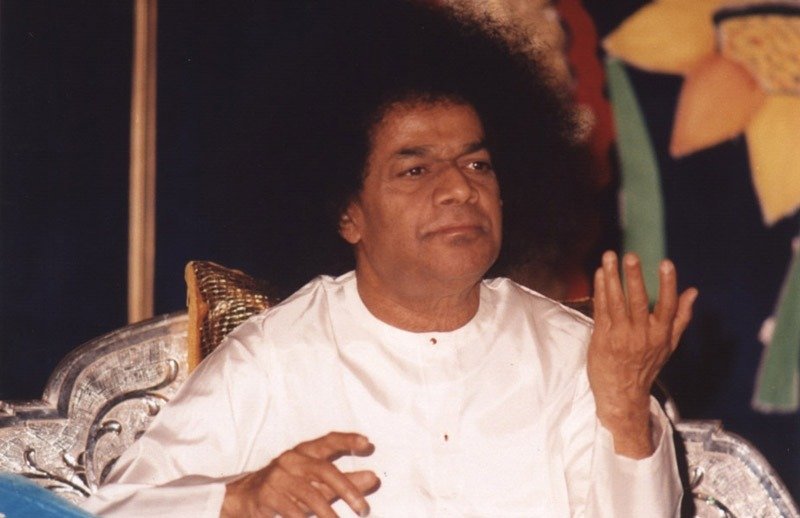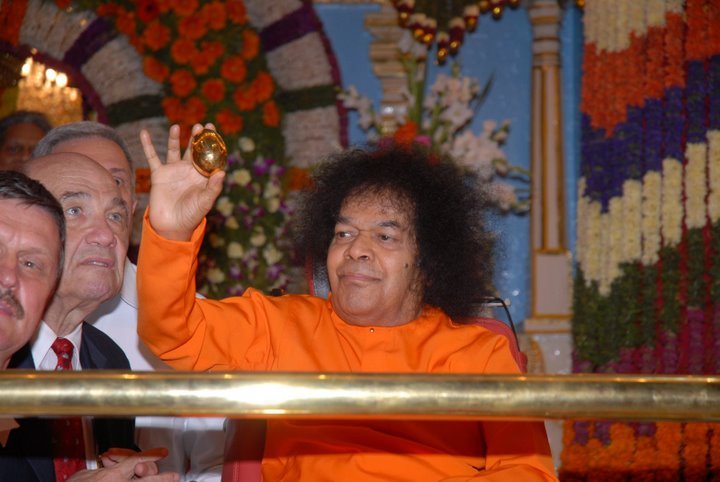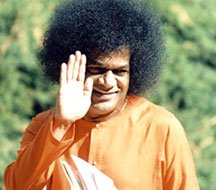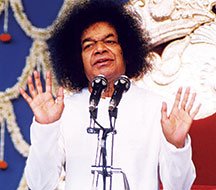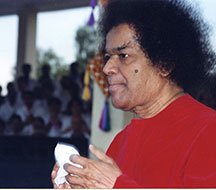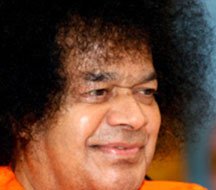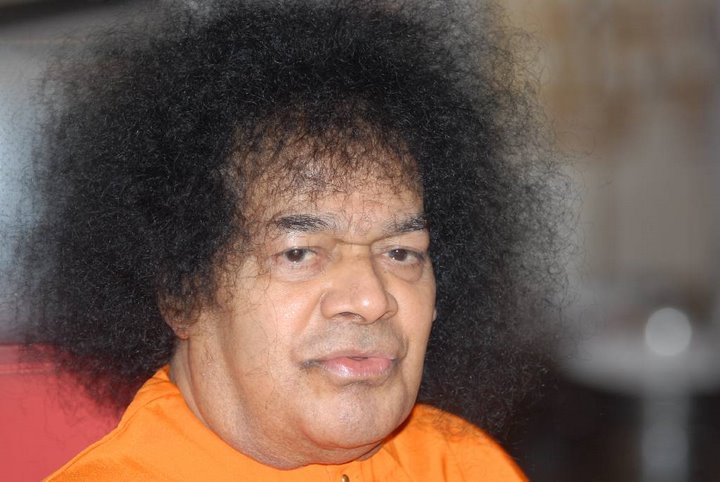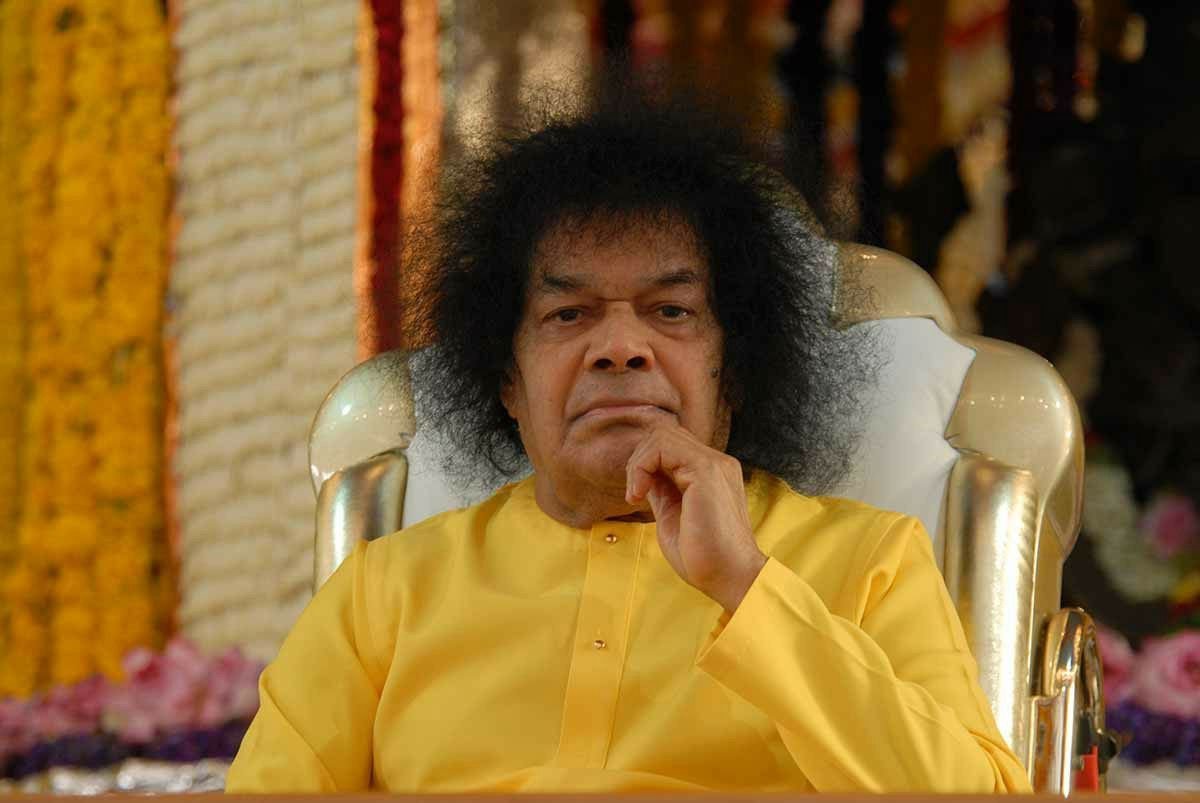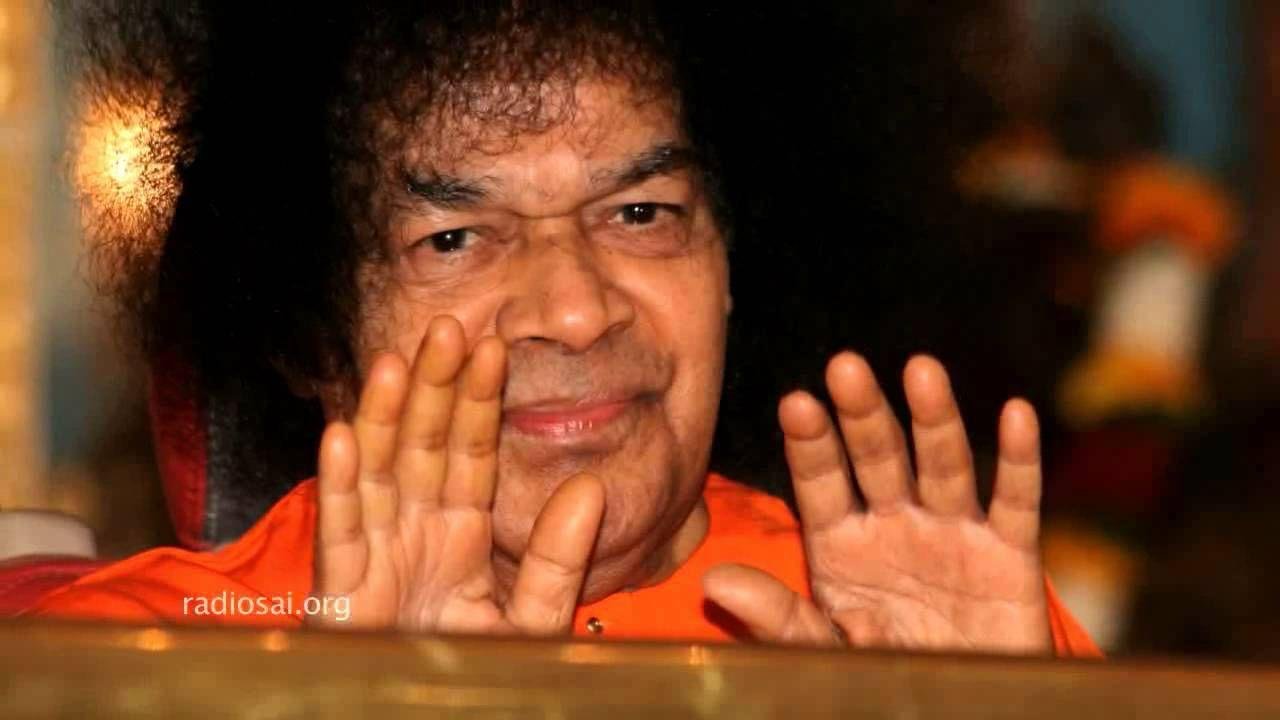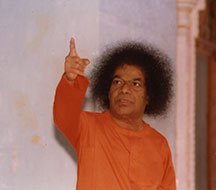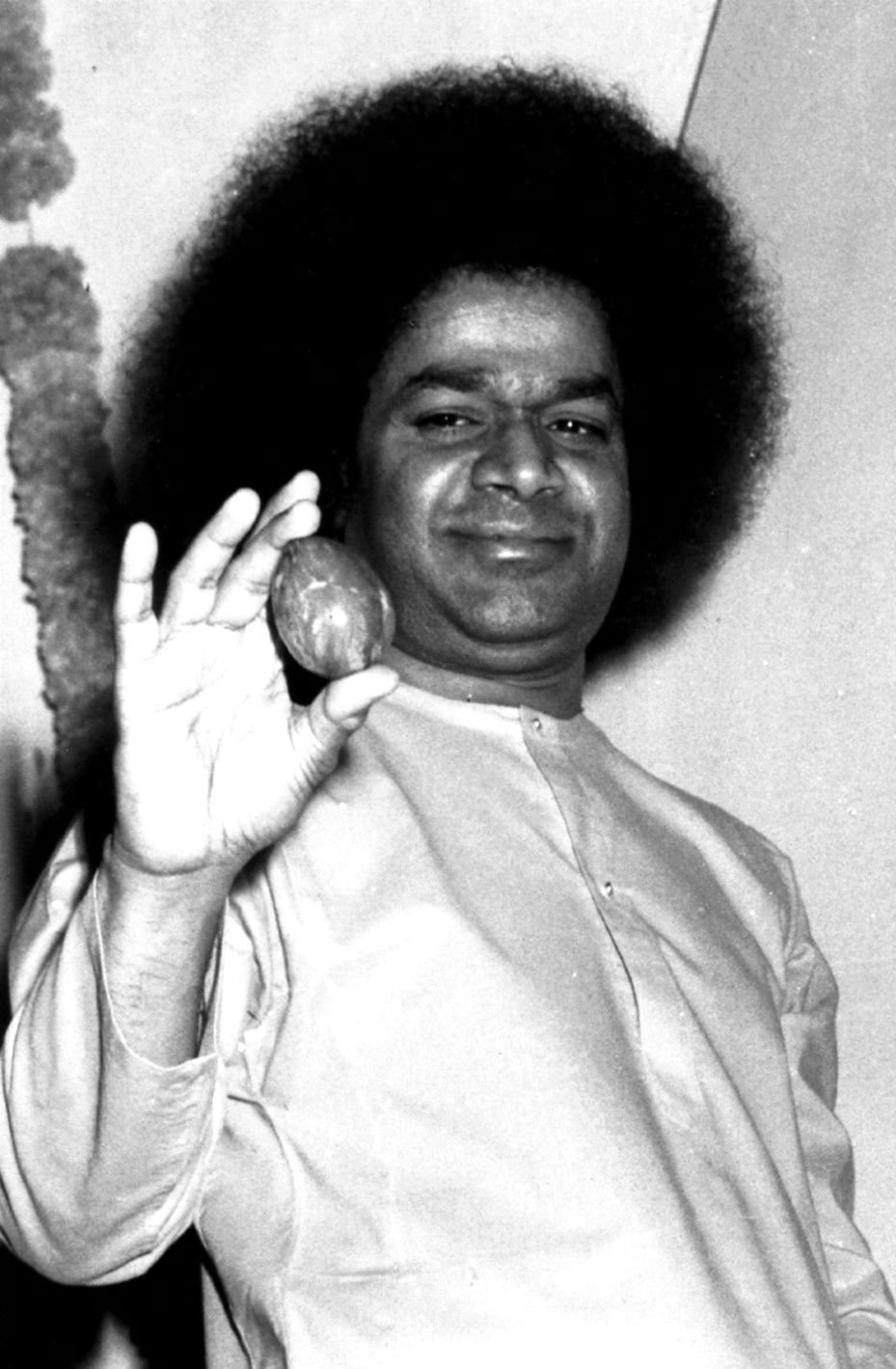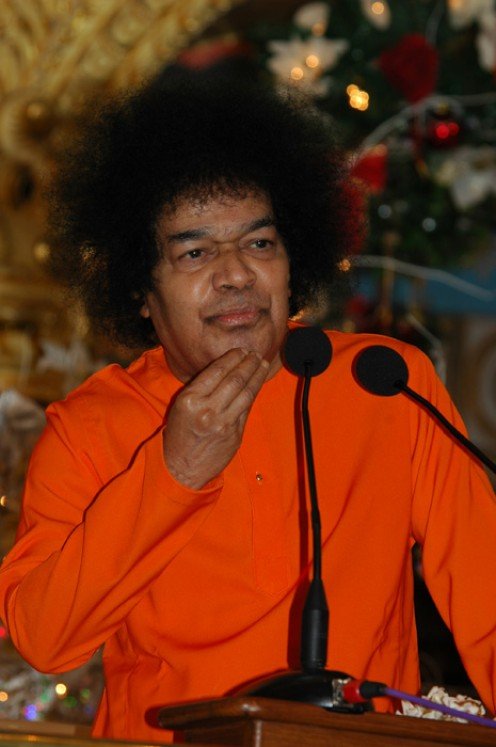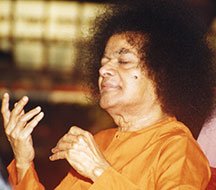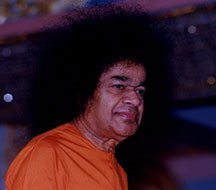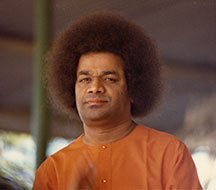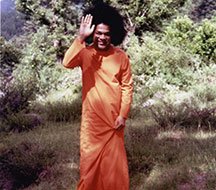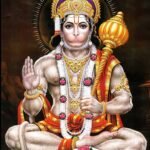Sri Adi Shankaracharya

The Divine Purpose of Avatara
When spiritual darkness engulfs humanity and eternal principles of Dharma face extinction, the Supreme Consciousness manifests in human form to restore cosmic order. These divine incarnations—Avataras—emerge with specific forms and purposes uniquely suited to address the spiritual crises of their time. Sri Adi Shankaracharya stands among these luminaries as an Avatara of Lord Shiva Himself, whose appearance twelve centuries ago transformed the spiritual landscape of India, revitalized the profound wisdom of Vedanta, and forged national integration across diverse regions. It is universally acknowledged that if Sanatana Dharma thrives today, allowing us to partake in its spiritual treasures, it is primarily due to Sri Shankaracharya’s divine intervention and tireless work. His legacy continues to illuminate the path for seekers worldwide, serving as the foundation upon which the living tradition of eternal wisdom stands.
A Timely Manifestation
In an era when the pristine wisdom of Sanatana Dharma faced unprecedented peril, when the Vedic path to liberation lay obscured beneath divisive sectarianism and materialistic philosophies, Sri Shankaracharya emerged as the divine response to humanity’s spiritual crisis.
The Hindu society of His time had fractured into countless competing sects, each advancing contradictory interpretations and engaging in endless disputations that served only to weaken the unified spiritual foundation of the culture.
Into this intellectual chaos, Sri Bhagavatpada brought the crystalline clarity of Advaita Vedanta—the non-dual wisdom of the Upanishads. With matchless eloquence and penetrating insight, He revitalized the eternal truths that had become clouded by misinterpretation and neglect. His accomplishment becomes even more remarkable considering the absence of modern communication technologies and transportation systems, as He traveled the length and breadth of India on foot, igniting a spiritual renaissance.

Though established in the sublime state of Self-realization, where He could have remained in solitary bliss, Sri Shankaracharya chose instead to embrace humanity with boundless compassion. Recognizing the diverse spiritual capacities of seekers, He communicated transcendent wisdom at multiple levels, meeting souls precisely where they stood on the spiritual journey.
His extraordinary talents included:
- Intellectual brilliance that could distill the most profound metaphysical truths into accessible understanding
- Spiritual realization that transcended mere scholarship to embody the truth He taught
- Poetic genius that flowed effortlessly from rigorous philosophical treatises to soul-stirring devotional hymns
- Organizational vision that established enduring institutions to preserve and transmit wisdom
- Compassionate leadership that reformed religious practices while honoring authentic tradition
Within the remarkably brief span of His manifest life—completing His earthly mission by age 32—Sri Shankaracharya accomplished what would seem impossible for many lifetimes. His commentaries on the principal Upanishads, the Brahma Sutras, and the Bhagavad Gita (collectively known as the Prasthanatraya) remain definitive expositions that have guided generations of seekers to the highest truth.
The heart of Sri Shankaracharya’s philosophy reveals that:
Many forms, one Bhagavan – all divine forms are manifestations of the same Supreme and there is no difference in the essence
Brahman—the eternal, impersonal, conscious Absolute—is the only reality
The universe, with all its names and forms, appears within this reality through the power of Maya
The individual soul (jiva) is fundamentally non-different from Brahman, appearing separate only due to limiting adjuncts (upadhis)
Liberation (Moksha) is the direct recognition of this eternal oneness, as proclaimed in the Mahavakyas of the Upanishads
Karma (action) and Bhakti (devotion), when performed with proper understanding, purify the mind and prepare it for this supreme knowledge
While maintaining that Brahman alone is the Absolute Truth (Paramarthika), Sri Shankaracharya acknowledged the practical reality (Vyavaharika) of the world for purposes of spiritual practice and daily living. This balanced approach allowed Him to integrate diverse spiritual practices within a coherent framework, leading ultimately to non-dual realization.

Compassion in Action
Though His philosophical achievements alone would secure His place among humanity’s greatest teachers, Sri Shankaracharya’s compassion extended beyond the intellectual realm to address practical human suffering. Numerous accounts attest to His willingness to employ yogic powers for the welfare of others—from blessing a destitute woman with prosperity through the Kanakadhara Stotram to revealing the greatness of His disciple Padmapadacharya through the miracle of lotus flowers manifesting upon the waters of the Ganga. Perhaps the most enduring testament to Sri Shankaracharya’s visionary leadership lies in the establishment of the four Chaturamnaya Peethams (monastic centers) at the cardinal points of India. With remarkable foresight, He created a network of spiritual epicenters that would preserve and propagate Sanatana Dharma through the centuries:
Uttaramnaya Sri Jyotir Peetham at Badrinath in the North
Dakshinamnaya Sri Sharada Peetham at Sringeri in the South
Poorvamnaya Sri Govardhana Peetham at Puri in the East
Paschimamnaya Sri Kalika Peetham at Dwarka in the West
In structuring these institutions, Sri Bhagavatpada demonstrated profound wisdom about human nature and national integration. Sri Sureshwaracharya, hailing from the North, was placed in charge of the Sringeri Peetham in the South, while Totakacharya from the South was assigned to the Jyotir Peetham in the North.
He ordained that the Nampoothris from Kerala should perform Puja at the Badrinath temple in Badri, while the Brahmins from Karnataka were assigned to perform Puja at the Pashupatinath temple Nepal. Similarly, He entrusted Maharashtra Brahmins with the Pujas at the Sri Ramanathaswamy temple in Rameshwaram. Thus, by strategically assigning Acharyas from different regions to lead Maths in distant quarters of the country, He established cross-regional ritual practices that fostered cultural exchange. Among these four pillars of Vedic tradition, the Dakshinamnaya Sringeri Sharada Peetham holds the distinction of maintaining an unbroken succession of enlightened Jagadgurus who continue to embody Sri Shankaracharya’s divine qualities, from profound Self-realization to comprehensive mastery of the scriptural tradition.
For over twelve centuries, this living stream of realized masters has preserved not merely the letter but the very spirit of Sri Adi Shankaracharya’s teachings, offering seekers in every generation direct access to the transformative wisdom He bestowed upon humanity. Through their presence, the light kindled by the Master continues to illuminate the path to ultimate truth for all who yearn for liberation.

Badrinath has historical significance because the temple here was installed by Adi Shankara. He set up his own people there. Even today, the descendants of the families that he set up – traditionally, the Nambudiris – are the priests in the temple. From Kaladi to Badrinath, the distance is more than three thousand kilometers by walk. Adi Shankara walked such distances.
Adi Shankara Teaches a Practical Lesson to His Disciples!
Once, while walking briskly with a bunch of his disciples trotting behind him, he came to a village. Outside the village, he saw a few people drinking, most likely the country homebrew liquor, which is arrack or toddy. In those days in India, and even up to about twenty-five, thirty years ago, drink shops were only ever outside the village. They were never brought into the village. Nowadays, alcohol is sold in the village, next to your house and in front of your child’s school. Those days, it was always outside the town.
Adi Shankara looked at these few people in their inebriated condition. You know, drunkards always think they are having the best time of their life and everyone else is missing it. So they made some comments at him. Without a word, Adi Shankara walked into the shop, took a pitcher, drank it and walked on.

Behind him, his disciples were trotting and among themselves they started discussing, “When our guru can drink, why can’t we?” Adi Shankara was aware of what was happening. When he came to the next village, there was a blacksmith working there. Adi Shankara went inside, picked up the pot of molten iron, drank it and walked on. Now you are not going to imitate him!
Towards the end of his life, Adi Shankara was so established in his culture, his Brahminic way of life and his Vedic knowledge, that he did not see fundamentals properly. One day, he was entering a temple and another person was walking out of the temple. That person happened to be of the low caste, but Adi Shankara was a Brahmin, the purest of the pure. When he was walking into the temple and he saw the person of low caste, he saw it as a bad omen. When he was going to worship his God, this low caste person came in the way. He said, “Move away.” That man just stood there and said, “What should move away, me or my body?” That is all he asked. This struck Adi Shankara so hard, and that was the last day he spoke. He never gave any other teaching. He just walked straight to Himalayas. No one ever saw him again.
What Makes Adi Shankara a Great Being?
How do you produce such a Being? In the brief span of his life, he walked the length and breadth of this nation. Where did this energy, this zest and this wisdom come from? One aspect which is both important and symbolic is that Adi Shankara came from a village called Kaladi, which is a small town today. Kaladi literally means “beneath the feet.” In the South, we are at the feet of Bharat Mata, and this has paid off for us in so many ways.
There is a beautiful story from the Mahabharat. When Arjuna and Duryodhana went to seek support from Krishna for the Kurukshetra war, one of them stood at Krishna’s head, the other chose to stand at his feet – that decided everything. That afternoon, when Arjuna stood at Krishna’s feet, he basically won the war. This is the fundamental nature of our nation and culture – because we bow down to everything, we rise. We do not rise by elbowing our way – we rise by bowing down. Bharat means we always learnt how to be at the feet of the Divine. This is not a culture of pumped up pomp, but a culture of natural piety. Whether it is a god, a man, a woman, a child, an animal, a tree, or a rock – we learnt to bow down to everything. Just with this one aspect, we could produce great beings. By being at the feet of the Divine, we learnt, evolved, blossomed, and became shining lights to the rest of the world for a long time. Thousands of years ago, well before Adi Shankara, right from the Adiyogi, many Yogis, mystics, sages, and saints have said this in so many ways.
It is the intellectual clarity with which he expressed himself and the zest and energy with which he spread it across the nation, that make Adi Shankara stand out. One aspect that is very important in today’s world is that all this knowledge, all this wisdom came not by faith or belief, but by realization. Unless the spiritual process is in some way in sync with fundamental human logic and current scientific findings, people will not take it. Future generations will reject anything that does not make logical sense to them, and is not scientifically correct. In this context, Adi Shankara is very significant today.

